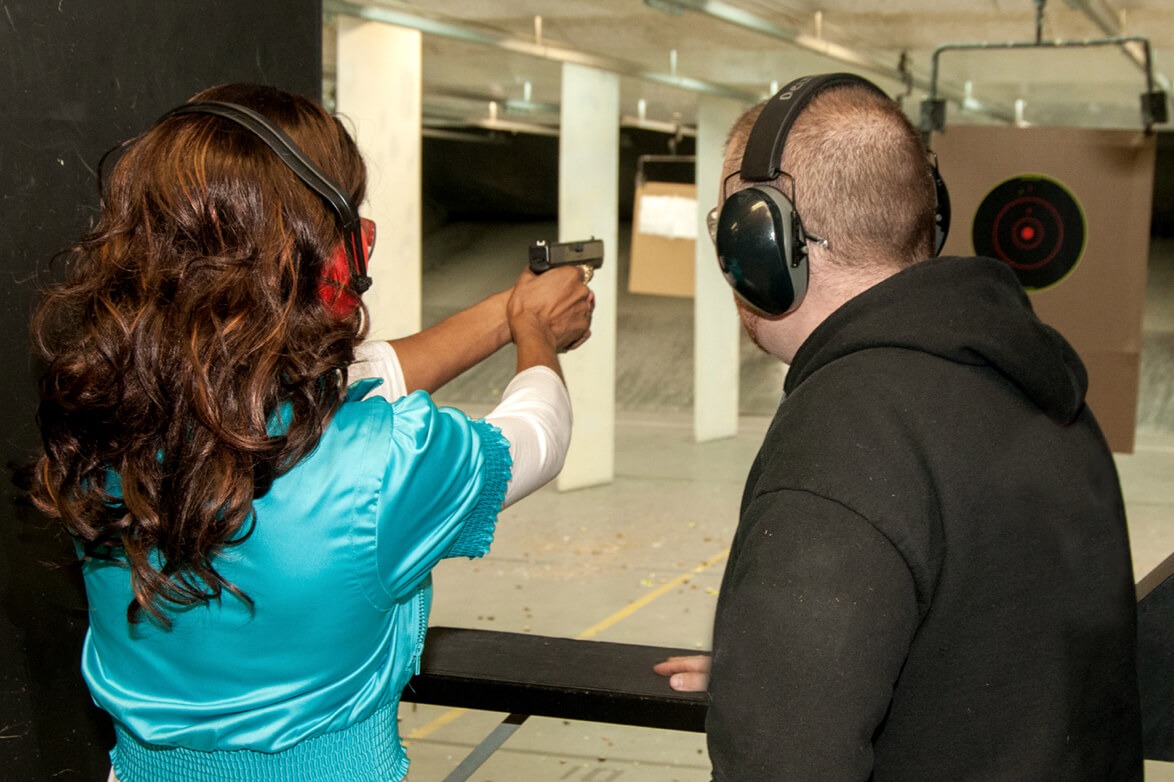 Back to News
Back to News
October 12, 2017
Is Your FFL a Criminal’s Hard Target?
“Target hardening” or “target mitigation” is a process wherein a building is made into a more difficult or less attractive target for criminals. It does not necessarily mean the construction of an impenetrable facility (although that would be the extreme case of target hardening.) But with the continuing trend of FFL burglaries we are seeing across the country, it only makes sense that you take a good look at your facility and use the guide below to determine if you are doing your solid best to make your location a “hard target” for thieves. Note that while we are currently seeing a higher frequency of FFL burglaries in Texas and the Midwest and Southeast regions, FFLs are being targeted daily in smaller towns and cities across our nation. Bottom line, if you sell guns, consider yourself a target!
There are multiple ways of preventing penetration by unwanted or unauthorized persons. To stop a burglary or physical attack on a building is very difficult; any building or site can be breached or even destroyed. However, the more secure your building or site is and the better it is designed to withstand an attack, the greater the odds are that the building will not be breached by bad guys intent on stealing firearms they cannot otherwise legally obtain.
Vandals and burglars select sites based on their value as a target, as well as ease of penetration. If the bad guys think they have figured out a quick and easy way to breach your facility, you should be planning to invest in additional security. Another key factor in determining if you are a high-value target is your proximity to major roads and highways that allow easy access and escape.
A common method in evaluating your burglary threat is to analyze these five factors:
-
Location
General considerations include the other types of local industry, if any, proximity to major roadways and traffic, proximity to residential areas and the income levels of those areas. If your business is located in an otherwise desolate area at night, hidden from the sight of a major roadway and passing traffic or otherwise off the beaten path, you can increase your crime risk level.
-
Assets
What is the value of your assets stored on the property and what would be the “prize” for successful burglars?
-
Crime History
What has been the potential threat element in the past and how many times? Have other area FFLs been victimized in the prior 12 months?
-
Ease of Access
What would a criminal hope to achieve and how easy or complex would it be to burglarize your location?
-
Targeting
Do you know if or suspect someone is performing surveillance on your building? Have you heard from law enforcement (or even other retail establishments) that a criminal element has been seen casing stores in the area or that successful burglaries have been committed?
Knowing your expected threat or hazard capability allows you to integrate that knowledge with specific building and site information when you conduct a security vulnerability assessment. Such an in-depth analysis of building weaknesses (the extent and depth of the analysis will depend upon the size and function of the building, firearms inventory stored on site and volume and type of business performed on-site), combined with your expected threat knowledge, can allow you to then determine corrective actions that can be designed or implemented to reduce vulnerabilities. Key features to consider in your “target hardening” assessment focus primarily on these areas:
- Local communication network
- Barriers to penetration
- Plywood and shock sensors on walls
- Burglar bars on windows and doors
- Security gates and grills
- Alarms and cameras
- High-security locks
- Lighting with emergency backup power
- Personnel control with closed circuit television (CCTV)
- Employee screening
- Shipping and receiving procedures
- After-hours firearms storage
- Intrusion detection with central monitoring
- CCTV surveillance functionality (pan-tilt-zoom system)
- Duress alarm with central monitoring
- Annual employee security training
The NSSF Security Consultant Team is well versed in determining the vulnerabilities that may exist at your location. In addition, the CAP Index rating, a crime stats and reporting tool, can be researched to compare vulnerabilities at your specific location with those of similar local, regional and national FFL businesses. Knowing your CAP Index can help you make sound financial decisions regarding future capital upgrades and improvements to your store’s physical security.
Future articles in this series will help you become more expert in designing, upgrading and managing your specific site security programs for optimal performance.
NSSF’s Store Security Audit team is standing by to assist you with any physical or operational security issue you may have. For more information, visit the Retailers section of the nssf.org site. NSSF also partners with a variety of security product vendors. Log in to the members-only side of nssf.org to discover more.
You might also be interested in: Common Sense Solutions for Improved FFL Security
About the Author
John Bocker is an NSSF Security Consultant Team Member and the Managing Director at JB Group, LLC, based in Denver, Colorado. JB Group is a business security and strategy consulting organization specializing in ATF FFL compliance and protecting FFL’s against unexpected losses resulting from burglary, robbery and internal control failures. Visit www.jbgroupco.com, call (720) 514-0609, or email [email protected] for more information.
Categories: BP Item, Featured, Retailers, Top Stories









